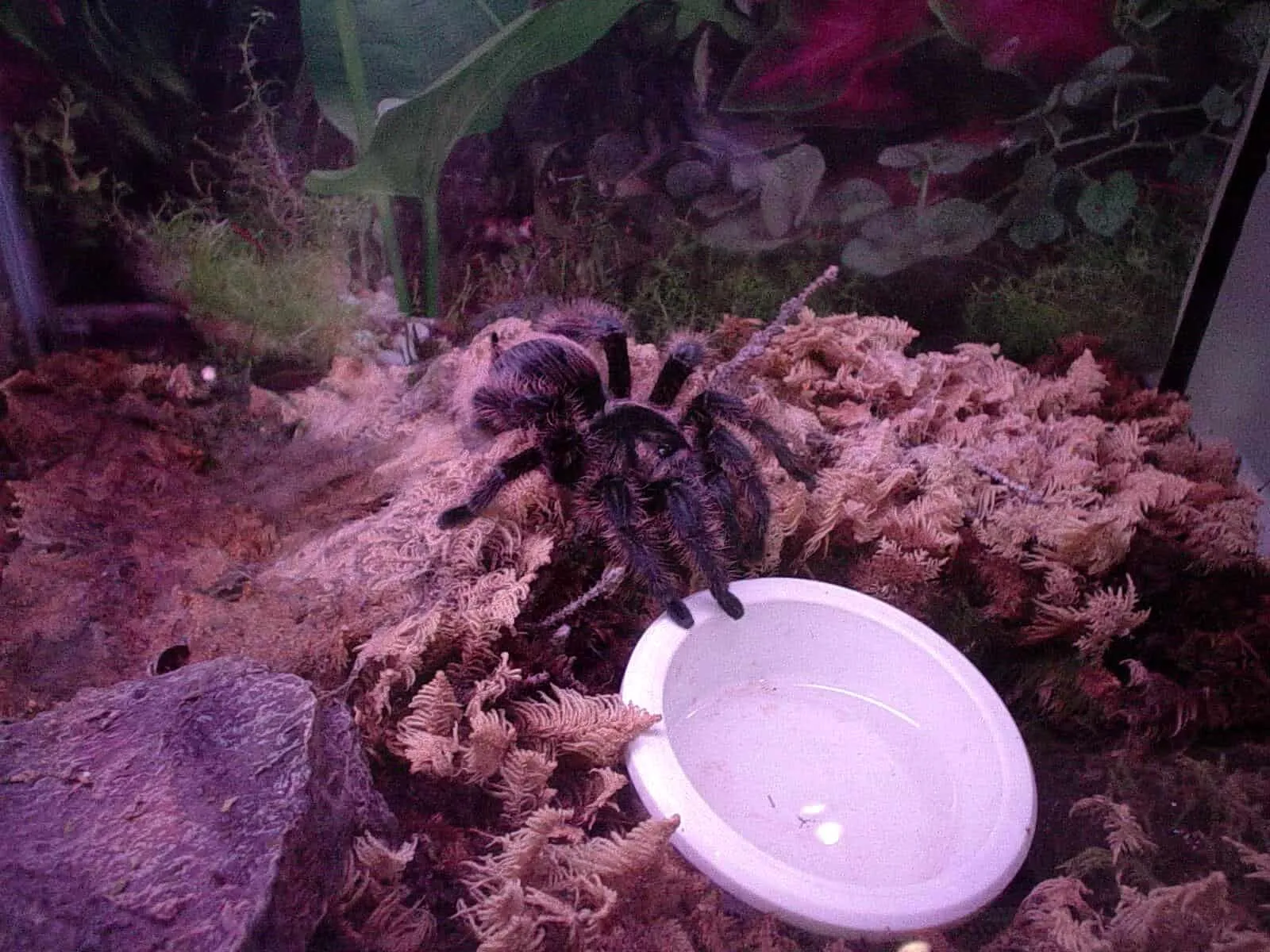The Curly Hair Tarantula (Tliltocatl albopilosus) is a popular pet due to its docile temperament and striking appearance. However, understanding how to pick up a Curly Hair Tarantula safely is crucial for both your well-being and the tarantula’s. This guide will walk you through the essential steps, from understanding your tarantula’s behavior to the proper techniques for handling and post-handling care. Handling a tarantula, though often exciting, requires a cautious approach and a thorough understanding of the animal’s needs and potential risks. Remember, your safety and the tarantula’s well-being are the top priorities.
Understanding Your Curly Hair Tarantula
Before you even consider picking up your Curly Hair Tarantula, it’s essential to understand its nature. These creatures, while generally calm, can still react defensively when threatened. Understanding their behavior will help you anticipate their actions and handle them with greater confidence and safety. Always observe your tarantula’s behavior before attempting to handle it. Look for signs of stress or aggression, and be prepared to abandon the handling attempt if the tarantula seems agitated. Patience and observation are key when interacting with these fascinating creatures.
Temperament of Curly Hair Tarantulas
Curly Hair Tarantulas are known for their relatively docile temperament. Compared to other tarantula species, they are less likely to bite, making them a good choice for beginners. However, this doesn’t mean they are completely harmless. They can still exhibit defensive behaviors, such as flicking urticating hairs from their abdomen or, in rare cases, attempting to bite. Understanding the temperament is critical for safe handling.
Identifying Potential Risks
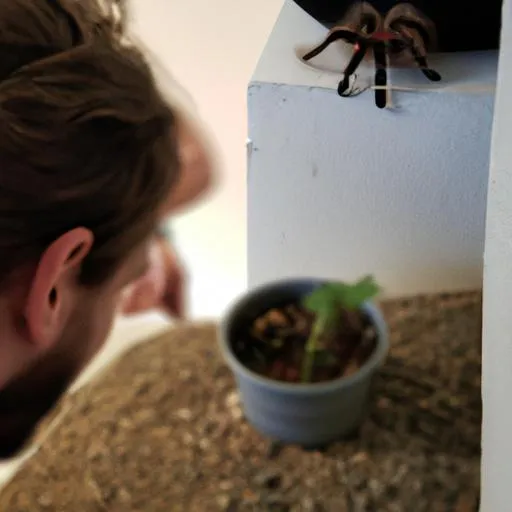
While bites from Curly Hair Tarantulas are not usually medically significant, they can still be painful. More significant are the urticating hairs. These tiny hairs, when flicked by the tarantula, can cause severe skin irritation and, if they get into the eyes or respiratory tract, can lead to more serious issues. Always be aware of these risks and take precautions to minimize them. Always wash your hands thoroughly after interacting with your tarantula or its enclosure.
Preparing for Handling
Proper preparation is paramount to safe tarantula handling. This includes gathering the necessary equipment and setting up a safe environment. Rushing into handling without the proper precautions can lead to unnecessary stress for the tarantula and potential injury for you. Before you even consider attempting to pick up your tarantula, ensure that everything is ready, from the environment to your own protective measures.
Gathering Necessary Equipment
While handling a Curly Hair Tarantula doesn’t require extensive equipment, there are a few things you should have on hand. Consider wearing gloves, preferably nitrile or latex, to protect your hands from urticating hairs. Have a clear, open container ready, such as a deli cup or a similar container with a secure lid. This will be used to safely transfer the tarantula if it becomes necessary. Also, keep a soft brush nearby to gently coax the tarantula if it refuses to move. Avoid anything that could potentially harm the tarantula, such as sharp objects.
Creating a Safe Environment
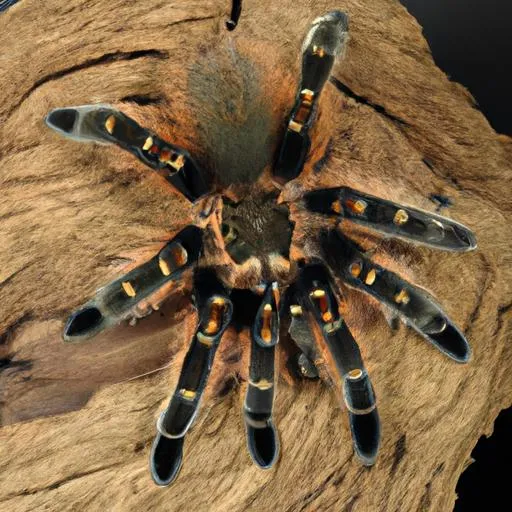
The environment where you handle your tarantula should be free of potential hazards. Do it in a quiet, well-lit room where the tarantula won’t be easily startled. Clear the area of obstacles that could cause the tarantula to fall or hide. It’s also a good idea to handle the tarantula over a soft surface, such as a bed or a carpet, to minimize the risk of injury if it falls. Secure the environment against other pets or children. Always supervise children when they are near the tarantula’s enclosure.
The Handling Process
The actual process of picking up your Curly Hair Tarantula requires a calm and deliberate approach. Avoid sudden movements and loud noises, as these can startle the tarantula and trigger a defensive reaction. Handle the tarantula gently and observe its behavior throughout the process. If the tarantula shows any signs of stress, such as raising its front legs in a threat posture or flicking hairs, stop immediately.
Approaching Your Tarantula
Before reaching into the enclosure, take a moment to observe your tarantula. Gently tap on the enclosure to get its attention. Slowly open the enclosure, ensuring the tarantula is aware of your presence. Approach from the side or from the front, but never from above, as this can be perceived as a threat. Speak calmly and softly to reassure the tarantula. Make sure the spider is in a calm state, if it is running around the enclosure, wait for it to settle before attempting to handle it.
Gentle Lifting Techniques
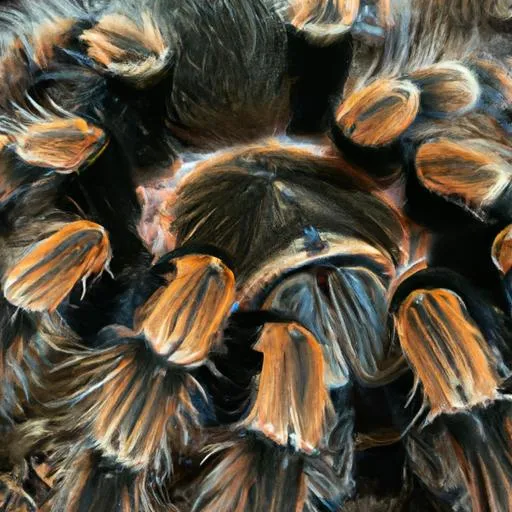
The most common and safest way to handle a Curly Hair Tarantula is to gently encourage it to walk onto your hand. Place your open palm in front of the tarantula, allowing it to walk onto your hand at its own pace. Never try to grab or force the tarantula, as this can startle it and lead to defensive behavior. Alternatively, you can gently coax the tarantula using a soft brush. The goal is to get the tarantula to walk onto your hand of its own accord.
Avoiding Drops and Injuries
Always keep your hand close to a surface to minimize the distance the tarantula could fall. Avoid sudden movements or dropping your hand. Be prepared to gently set the tarantula down if it starts to move too quickly or shows signs of stress. Always handle your tarantula over a soft surface, in case it falls. Should a fall occur, monitor your tarantula closely for any signs of injury, such as loss of limbs or sluggish behavior.
Post-Handling Care and Observation
After handling your Curly Hair Tarantula, it’s important to observe it for any signs of stress or injury. Providing proper care post-handling ensures the tarantula’s well-being and minimizes any potential negative impact of the interaction. Proper observation and care will contribute to your tarantula’s health and happiness. Make sure that you return your tarantula to its enclosure gently.
Recognizing Stress Signals

Observe your tarantula for any signs of stress or discomfort after handling. This can include raising its front legs in a defensive posture, flicking urticating hairs from its abdomen, or rapidly moving around. If you notice any of these behaviors, gently place the tarantula back into its enclosure and give it some time to calm down. Ensure that the enclosure’s environment meets the tarantula’s needs and is free from disruptions.
Returning Your Tarantula to Its Enclosure
When it’s time to return your tarantula to its enclosure, do so gently. Place your hand near the opening of the enclosure and allow the tarantula to walk back onto its preferred surface. Avoid dropping the tarantula. Be sure the enclosure is secure after returning the tarantula. Ensure the enclosure is properly secured after returning the tarantula. Observe the tarantula for a few minutes to ensure it is comfortable. If the tarantula is agitated, it’s best to leave it undisturbed and try again another time.
Alternatives to Handling
While handling can be a rewarding experience, it’s not always necessary. There are other ways to interact with and observe your Curly Hair Tarantula without direct handling. These alternatives minimize the risk of stress for the tarantula and allow you to enjoy your pet in a safe and responsible way. Not all tarantulas enjoy being handled, and respecting their boundaries is a key aspect of responsible ownership.
Using a Feeding Tongs
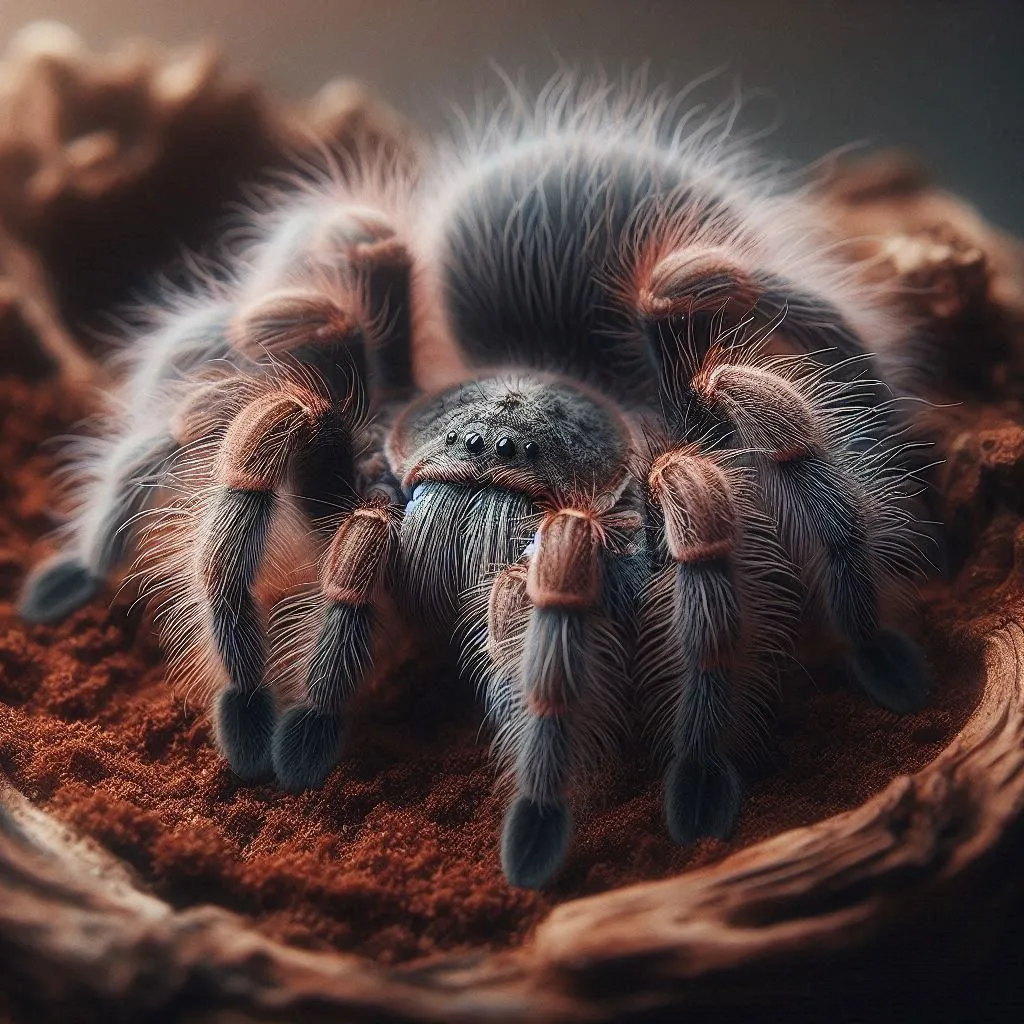
One of the safest ways to interact with your tarantula is during feeding. Use long feeding tongs to offer food to your tarantula. This allows you to observe your tarantula’s feeding behavior without needing to handle it directly. This also minimizes the risk of accidental bites or exposure to urticating hairs. Always be cautious and keep your hands away from the enclosure while the tarantula is feeding, as they can become very focused.
Spotting and Observation
The easiest way to enjoy your Curly Hair Tarantula is through regular observation. Watch your tarantula’s behavior, feeding habits, and activity levels. A healthy tarantula will be active and alert, while a stressed or sick tarantula might exhibit different behaviors. Take the time to appreciate the unique beauty of your tarantula and the interesting behaviors. Spotting is a safe and enjoyable way to bond with your tarantula, so you can admire your pet’s features without causing stress.
In conclusion, handling a Curly Hair Tarantula safely requires a combination of understanding, preparation, and a gentle approach. By following the guidelines in this article, you can minimize risks and ensure a positive experience for both you and your tarantula. Remember, the tarantula’s well-being should always be your top priority. If in doubt, it’s always best to err on the side of caution. With patience, respect, and a willingness to learn, you can enjoy a fulfilling relationship with your Curly Hair Tarantula.
